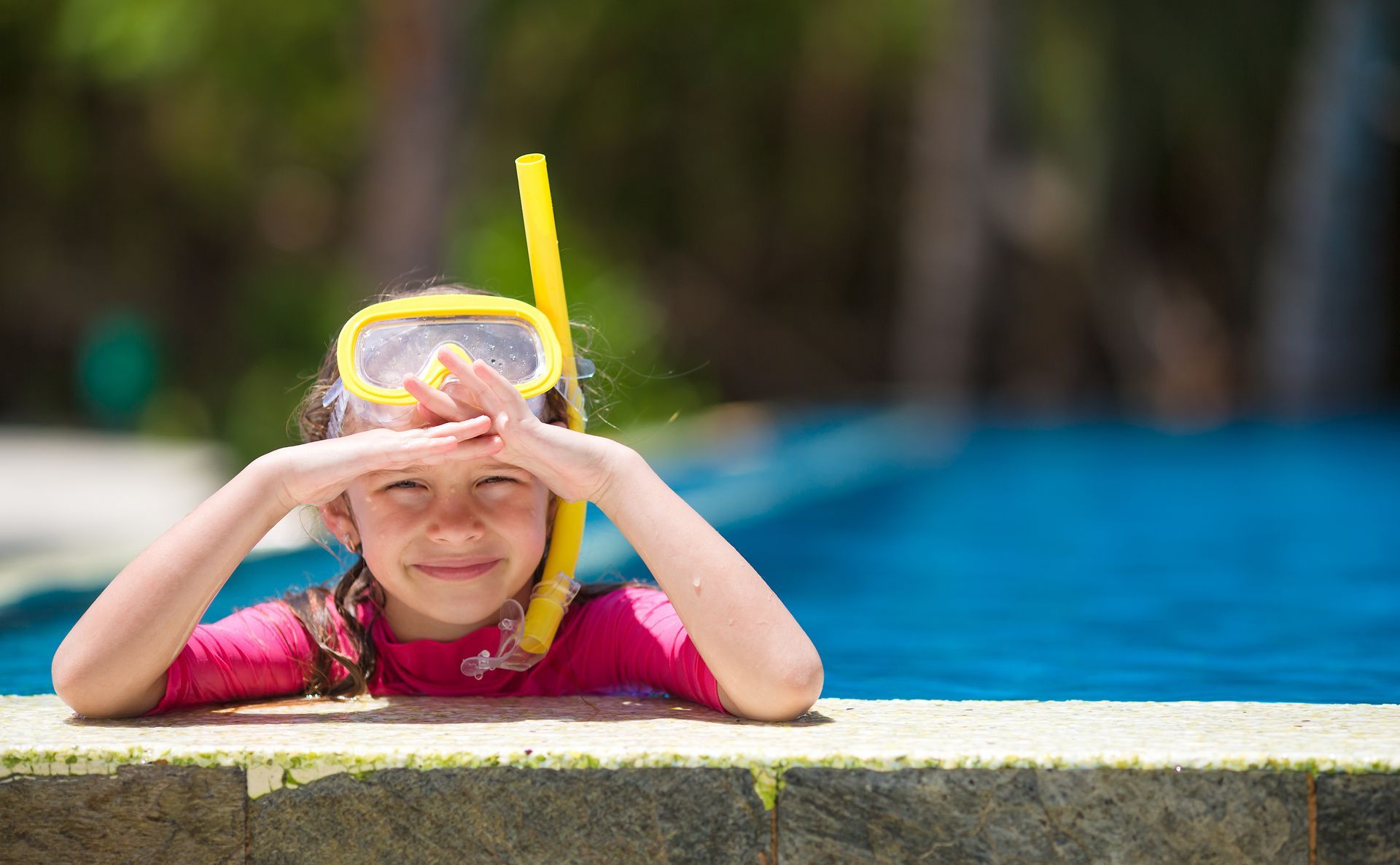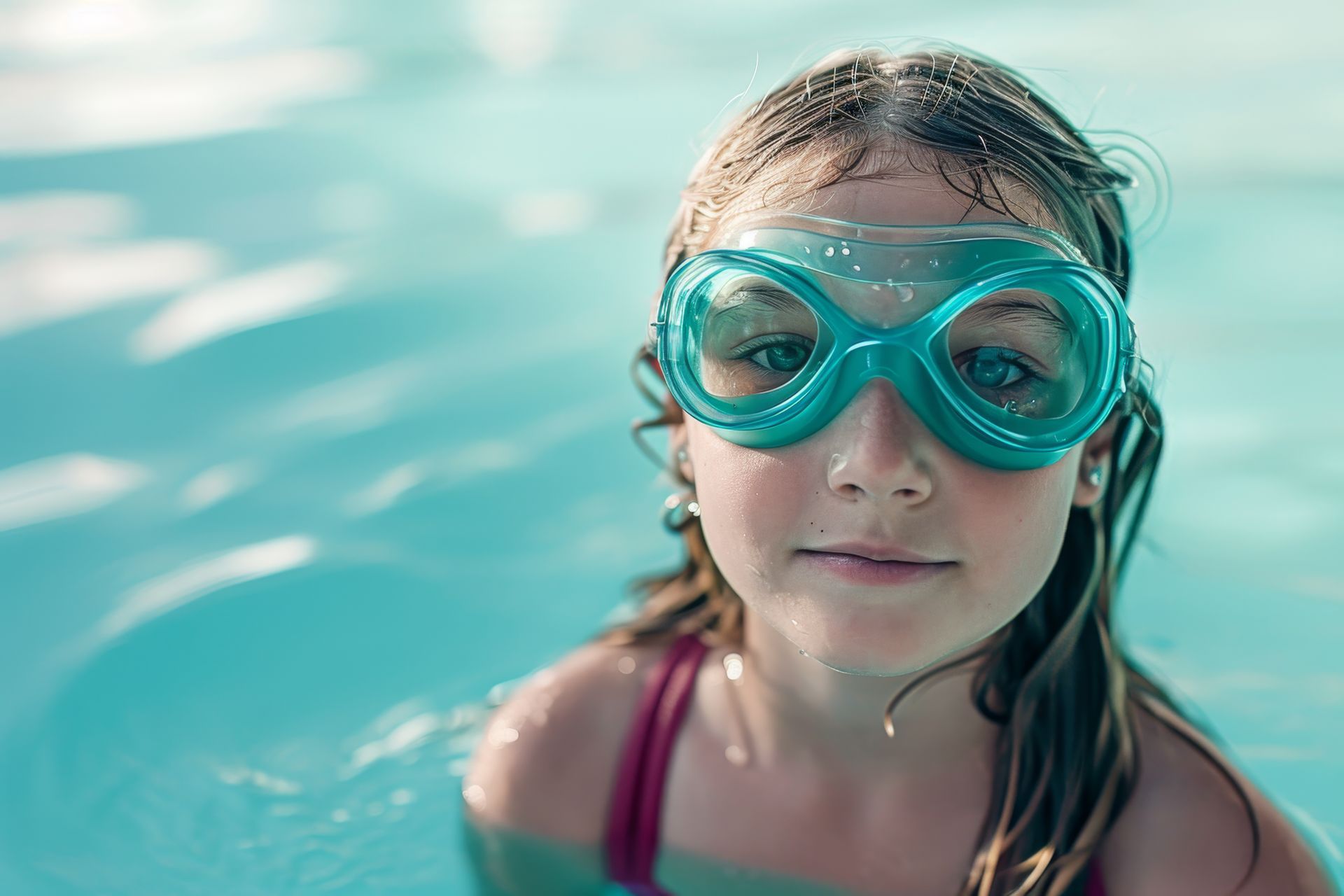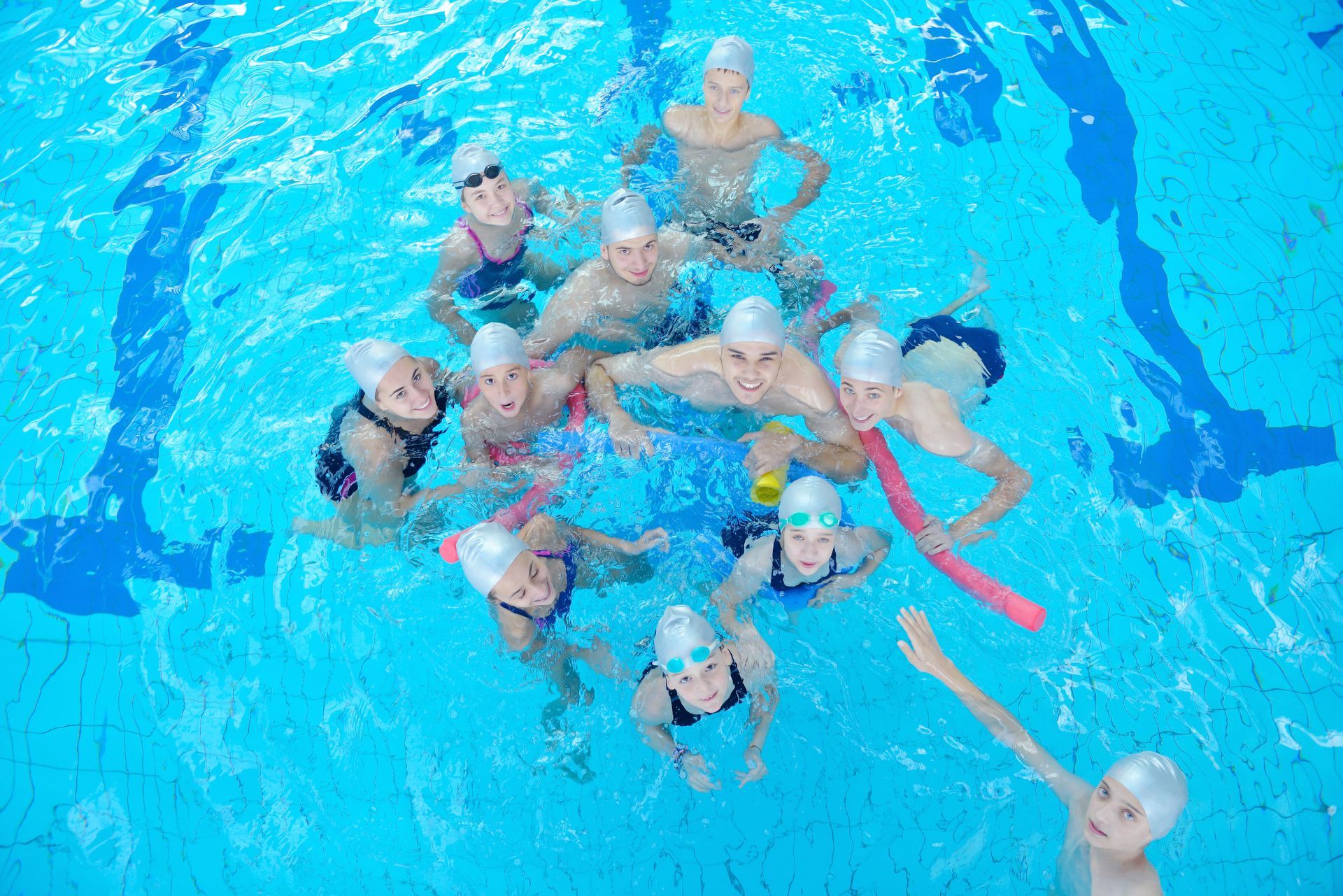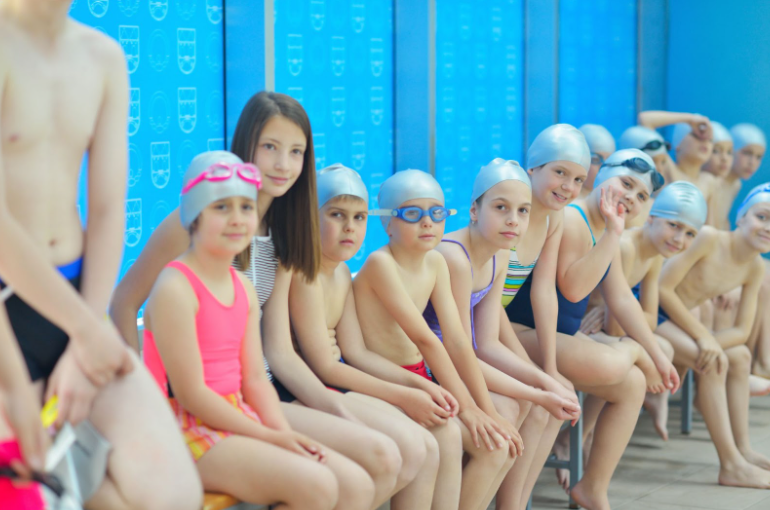Swimming Milestones: Navigating Each Stage of Child Development
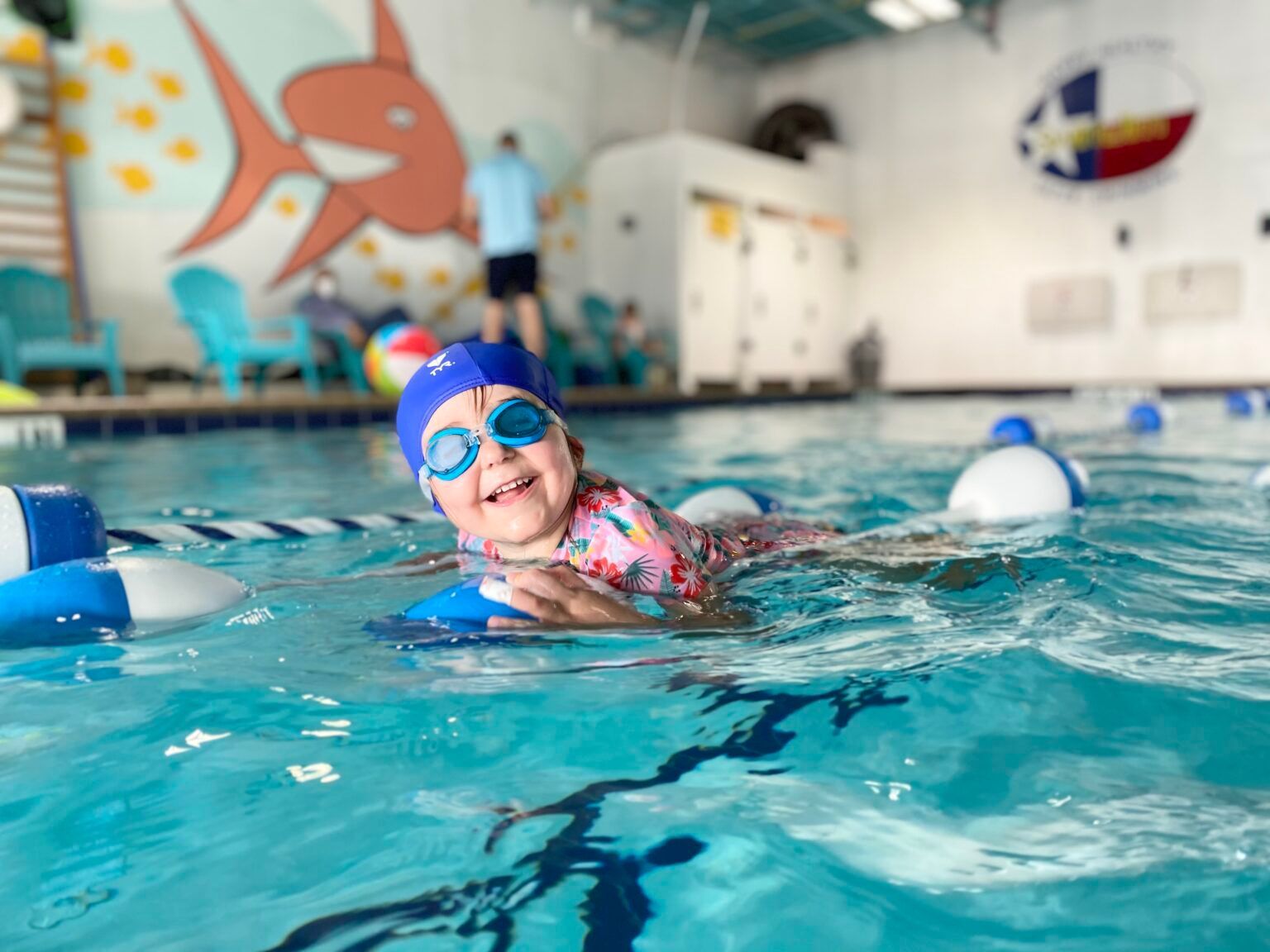
Learning to swim is not just an activity; it is a critical life-saving skill that children should cultivate early on. Acquiring swim skills from infancy onwards provides not just safety but also confidence and a foundation for healthy physical activity. As children grow, their ability to learn and master new swim techniques changes, often correlating with their developmental milestones. Recognizing these milestones is essential for parents to ensure their children’s education in swimming is appropriate for their age and individual pace.
Infant Swim Readiness (0-1 year)
For infants, the initial introduction to water is about comfort and developing natural reflexes that promote water safety. At this tender age, the primary goals for infant swimmers are to acclimate to the aquatic environment and build upon the instinctual responses they have when in water. Essentials like blowing bubbles, gentle submersion, and floating with assistance form the foundational experiences. Emphasizing safe water play can help create a lasting positive relationship with swimming, setting the stage for future skill development.
Toddler Water Exploration (1-3 years)
Between the ages of 1 and 3, toddlers begin building confidence as they engage in guided play in the water. Activities in swim lessons are designed to promote basic water mobility skills such as kicking, paddling, and safe entry and exits. At this stage, the role of parents is pivotal. They act as reassuring partners in the water, reinforcing the essential connection between enjoyment and learning.
Pre-School Swim Fundamentals (3-5 years)
As children enter pre-school age, swim lessons emphasize the cultivation of independence in the water. It’s during this period that structured lessons introduce fundamental strokes, cementing the basics of swimming, including the freestyle and backstroke. Routine practice within a swim program becomes increasingly important, as it solidifies these fundamental skills and helps children build the endurance and muscle memory necessary for more advanced techniques. Instilling a routine in young swimmers creates a disciplined approach to learning and lays the groundwork for future success in swimming.
Each stage of swim skill development serves to foster a love for the water while equipping children with the skills they need to be safe and confident swimmers. While SwimJim does not promote itself within educational content, their curriculum is designed to align closely with these developmental stages and milestones, ensuring that as children grow, their swim education grows with them.
School-Age Swim Proficiency (6-12 years)
During the school-age years, children have acquired a basic comfort in the water, and the focus shifts to refining their technique and building endurance. This phase of swim education often introduces competitive elements, such as time trials and team relays, which not only advance swimming skills but also teach the value of sportsmanship and goal-setting. Safety skills remain paramount, with an emphasis on mastering treading water, diving, and more advanced self-rescue techniques. The benefits of competitive swimming—ranging from improved physical health to the development of a strong work ethic—are well-documented, as noted by resources like USA Swimming .
Adolescent Swim Development (13-18 years)
Adolescence brings a new dimension to swim training, as students work on fine-tuning advanced stroke techniques and striving to set personal records. It is also the time when many teens consider lifeguard certifications, embedding deeper water safety skills and potentially opening doors for employment opportunities. The developmental changes of adolescence, including increased muscle mass and endurance, can significantly impact swim training and performance, allowing for more rigorous and specialized coaching.
SwimJim’s Curriculum and Age-Related Milestones
While not speaking directly about SwimJim, it’s noted that any curriculum key to swim skill progression is structured around clear milestones that align with a child’s developmental stages. Ensuring that swimming instruction remains relevant to the age and individual abilities of students is crucial for fostering both skill and passion for the sport. A good swim program will also instill habits that make swimming a lifelong pursuit, integrating it seamlessly into the lifestyle choices of young individuals.
Overcoming Common Hurdles in Learning to Swim
Fear and reluctancy in children when learning to swim are common challenges that instructors and parents must navigate. Patience and consistent encouragement are foundational in overcoming these hurdles, as is establishing a trusting relationship between the swim instructor and the student. Professional instruction is vital for progression, providing not just technical guidance but also the emotional support needed to help children tackle their fears and enjoy the water safely and confidently.
Within each community, including the diverse neighborhoods of New York City and Houston, Texas, the local swim schools play a pivotal role in ensuring these developmental swimming stages are met with enthusiasm and expertise. Tailoring instruction to meet the unique needs of each child ensures that swimming remains an accessible and enjoyable activity for all.
If your child is ready to take the plunge into swimming proficiency, consider the expert instructors at SwimJim. With our focus on age-specific learning objectives, we’re dedicated to guiding each swimmer through their developmental milestones in a supportive and safe environment. Contact us today to learn more about our programs and how we can help your child grow into a confident and skilled swimmer.
The post Swimming Milestones: Navigating Each Stage of Child Development appeared first on Swim Jim.
